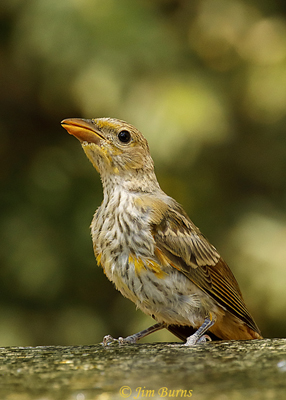 |
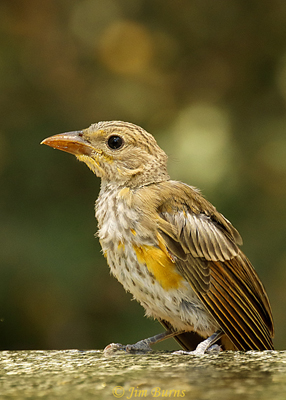 |
Tis indeed the season for unusual and perhaps heretofore unstudied plumages, and I recently posted photos of two apparently juvenile birds I was reluctant to identify to species with any certainty. One of the responses I received was from Chris Benesh, Field Guides tour leader and inarguably one of Arizona’s most experienced and best birders. His most interesting insight was this—“Juvenile plumage is the final frontier in bird identification.”
Even if you’re simply a casual birder who enjoys the beauty of avian plumage, song, and flight, and hearing stuff like wing chords and clinal discontinuity makes your eyes glaze over, I’m sure you will have noticed some birds, in May and June, you didn’t immediately recognize, even in your own backyard. Here are a few thoughts based on my observations from finally paying some close attention to weird looking birds I couldn’t at first name during this stay-close-to-home breeding season.
1—Fledglings, meaning birds fresh out of the nest, typically look tall and thin compared to their parents with which you’re familiar. They have noticeably long legs, skinny necks, large heads, and beaks that look too big for those heads.
2—Songbirds don’t develop their adult plumage, what is generally called “definitive” plumage, until they are a year old. Between fledgling and adult is what this non-expert is calling “juvenile,” and in this plumage young birds are usually the same size as their parents, which adds to the confusion. They may look like one or both of the parents, neither parent, and unlike their own siblings.
3—Juveniles typically look unkempt or “scruffy,” logically because they are molting and feathers are growing in unevenly, perhaps without the benefit of regular preening. Sounds like a teenager, right?
4—Juveniles often have spots, streaks, or bars where their parents don’t.
5—Juveniles often retain some of that gawky, dinosauric look they had as fledglings right out of the nest.
6—Juveniles may often most resemble the drab or subdued plumage of females of the species rather than the bright, striking coloration of the males with which you are most familiar simply because you see and revel in the male avian beauty more than that of the less striking females.
This latter characteristic is called “delayed plumage maturation” and is thought to occur either to protect young males from predation as they learn survival in their new world or, possibly, to warn females of the inexperience of these males new to the population. In either case it reminds us that avian evolution has covered all the bases.
So, what do you make of the two photos with which I’ve opened this column? I can report the birds were together but unaccompanied by parent birds, and they are definitely two different birds if the plumage is studied carefully. My somewhat tentative identification was based on what birds I had previously seen in the same area and on the size and shape of the beak. Those are probably the two best clues for the provenance of any weird juveniles you are seeing.
Yes, the opening photos show two juvenile Summer Tanagers in plumage which this lifelong adult birder had never seen before. Alright, then, what do you make of the three closing photos below, which definitely appear to be juveniles as well? I have my thoughts, I believe they are three different species, and I’ve labeled them on our website, but I may well be wrong. Compare the size of the three and the size of their respective bills to the grosbeaks and to one another. Color may be a clue, but only in one instance. Good luck.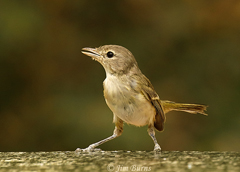 |
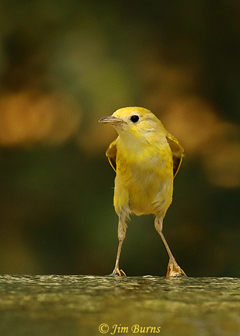 |
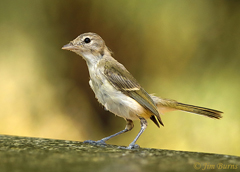 |